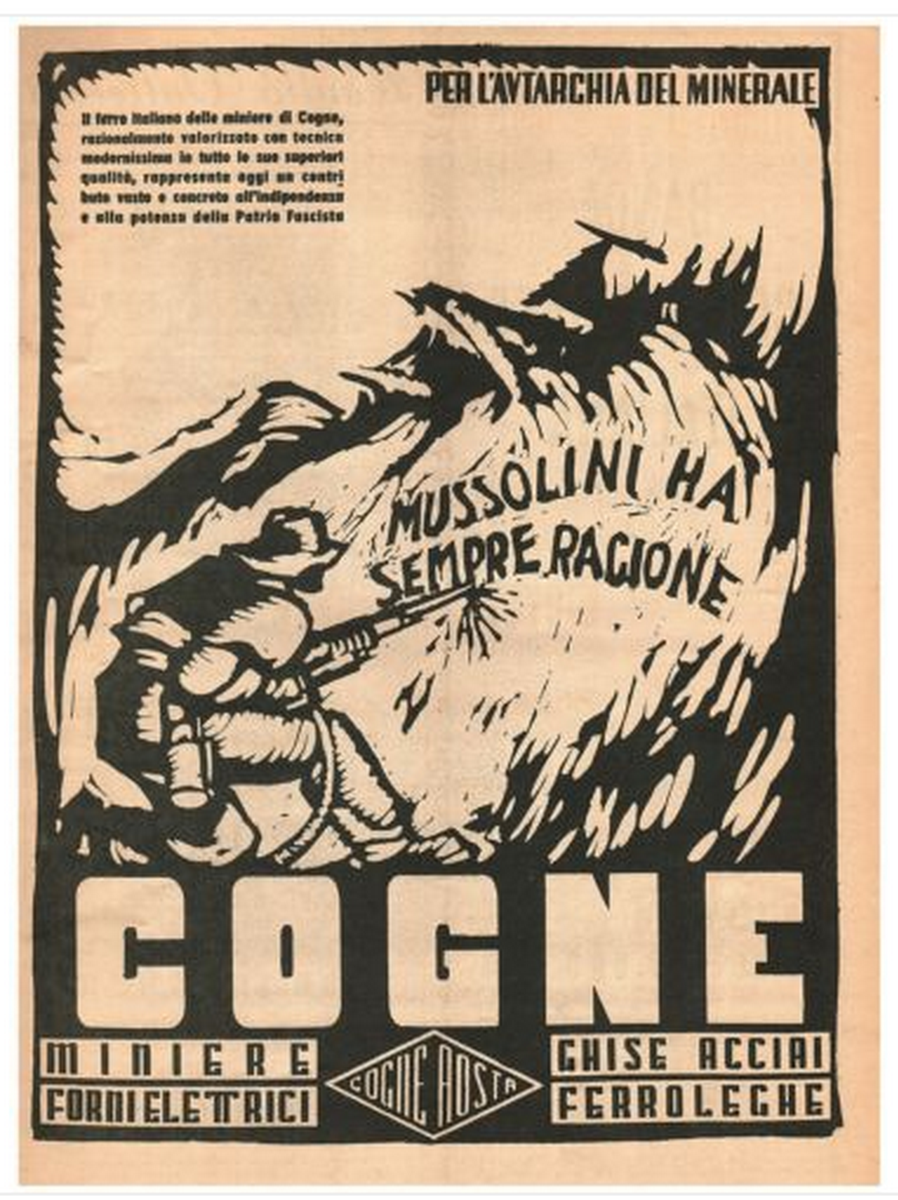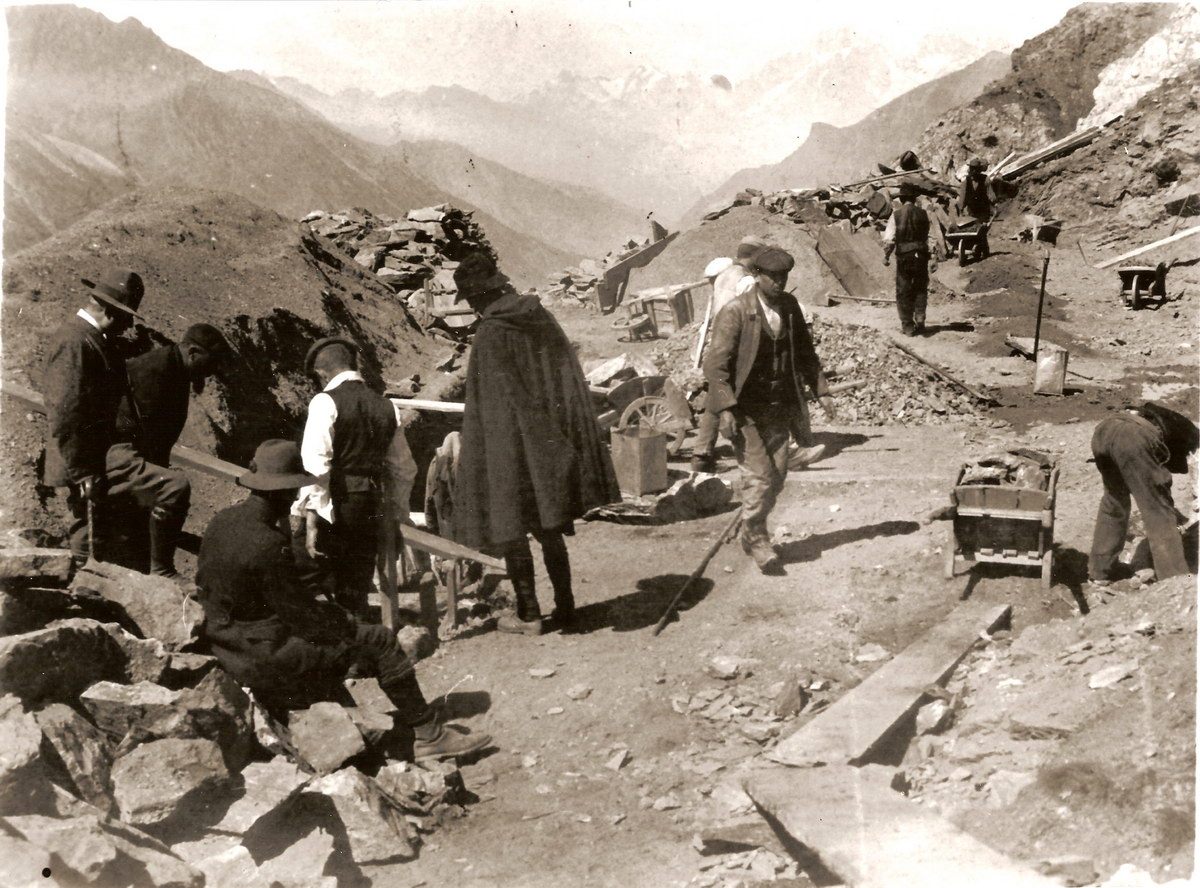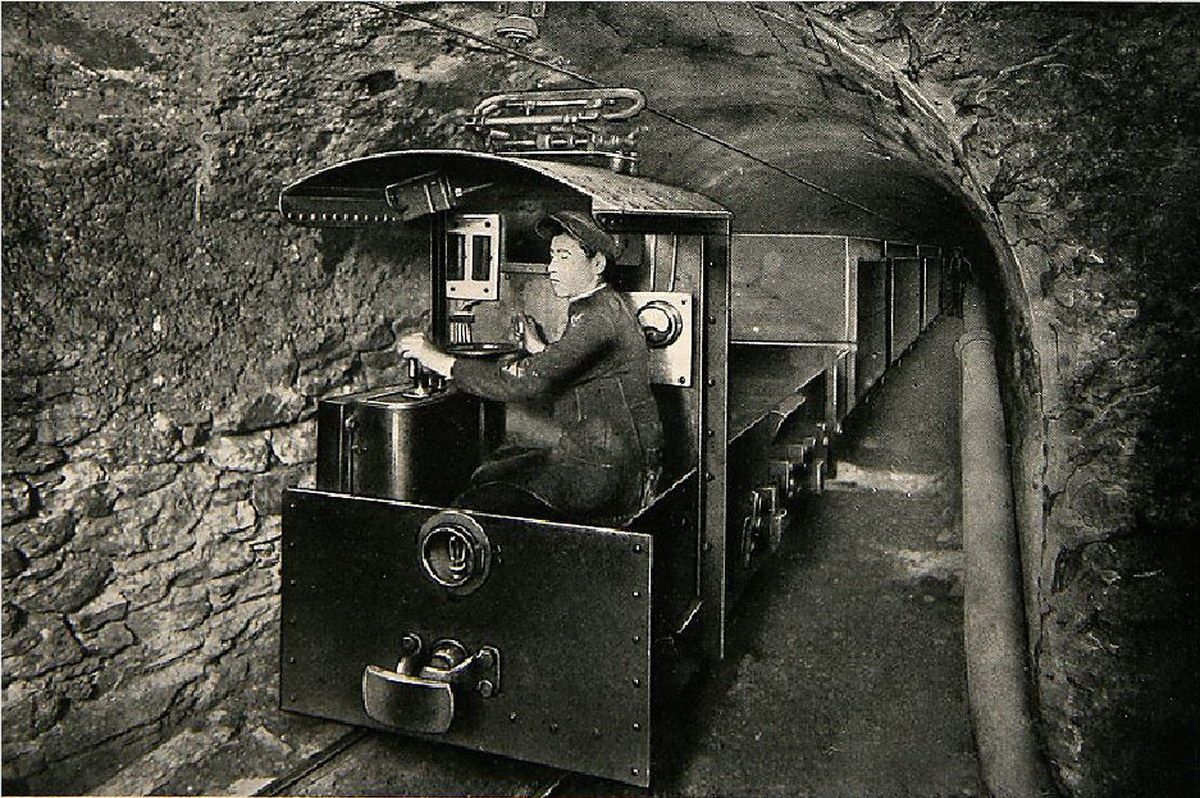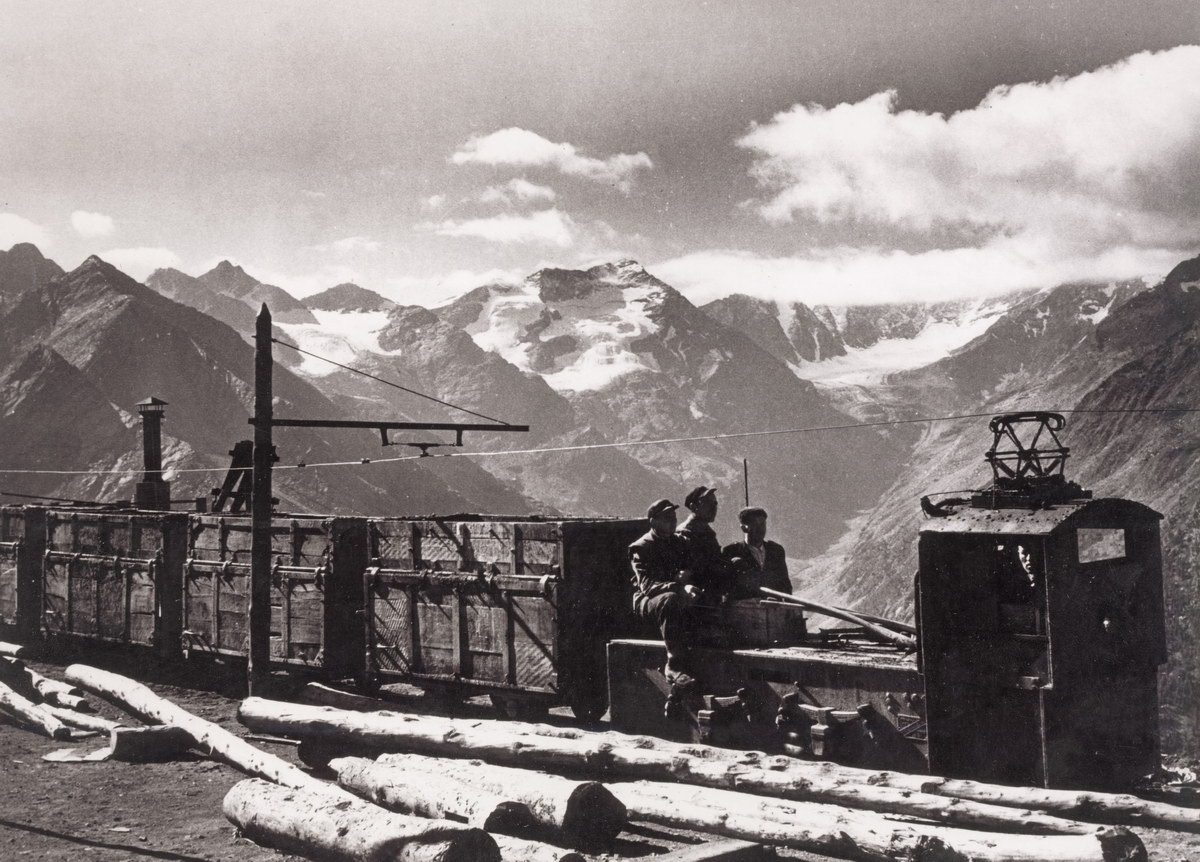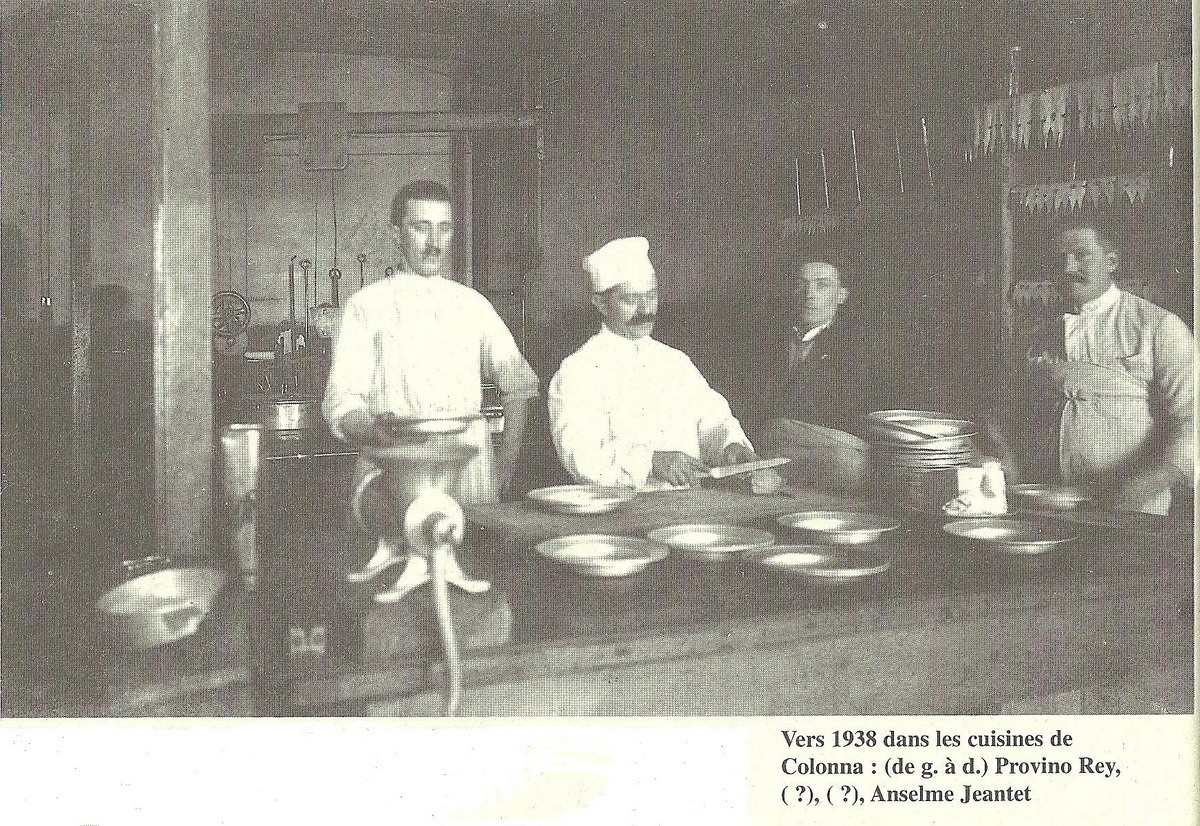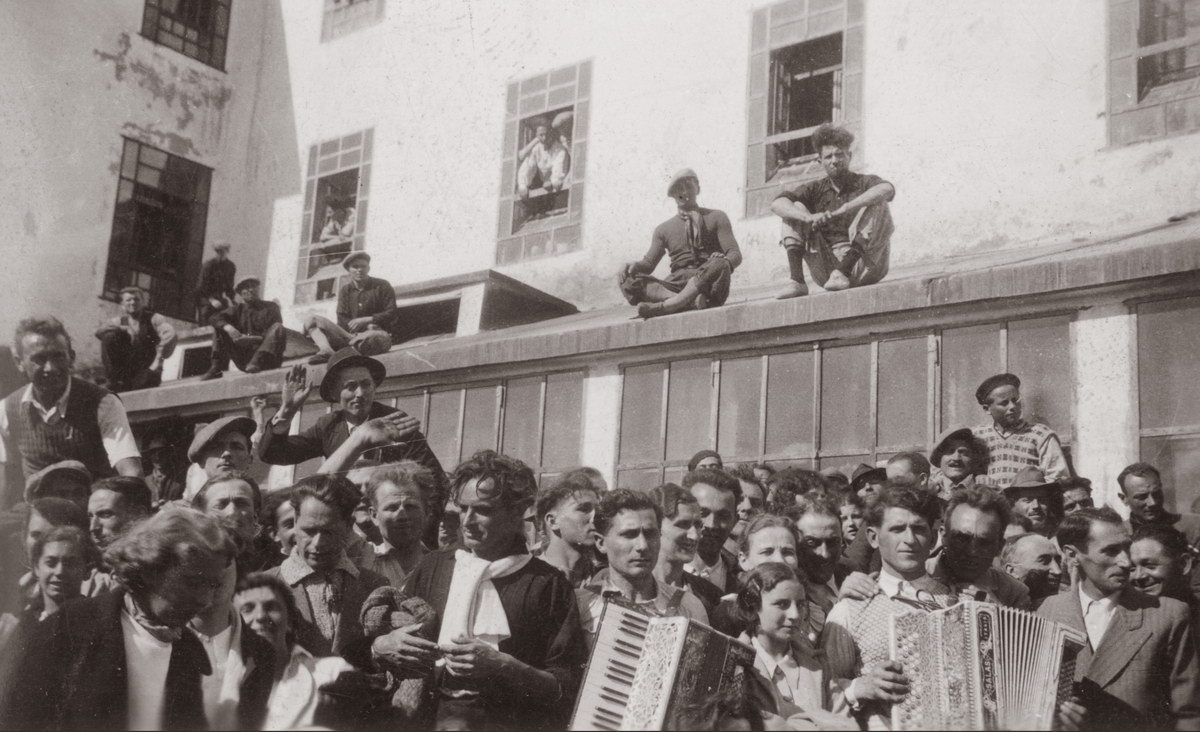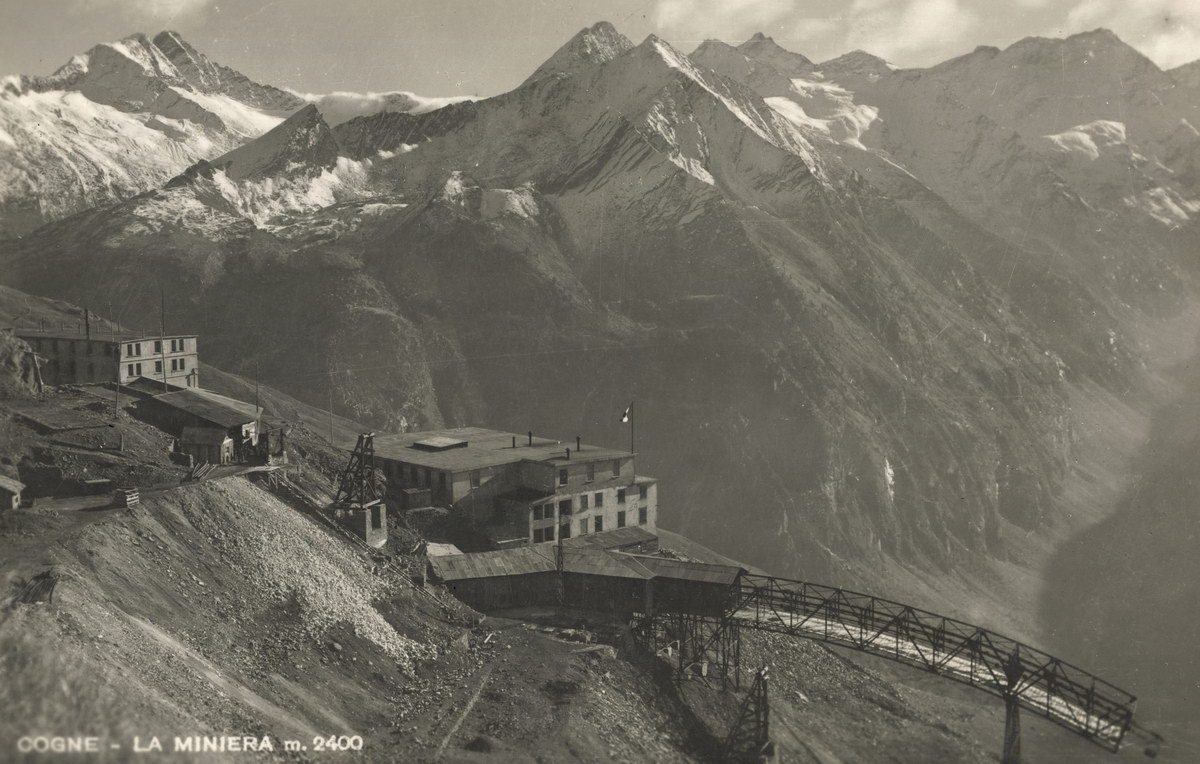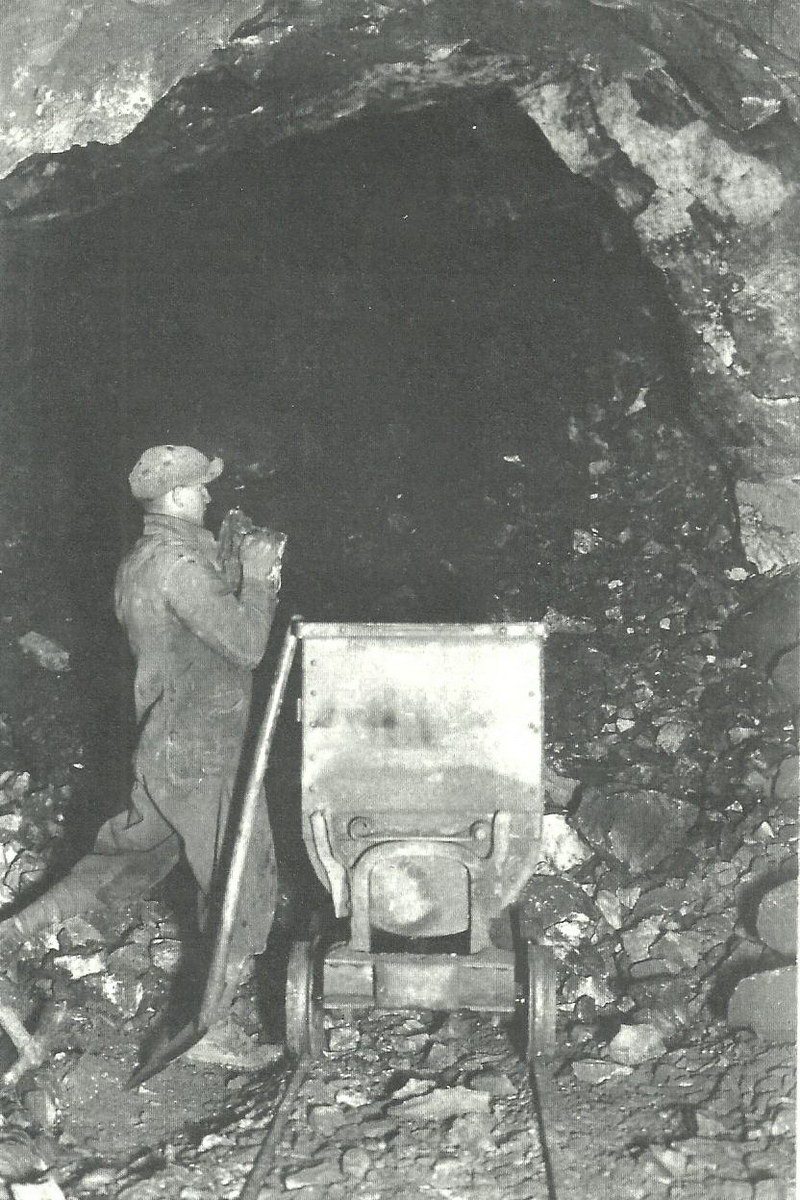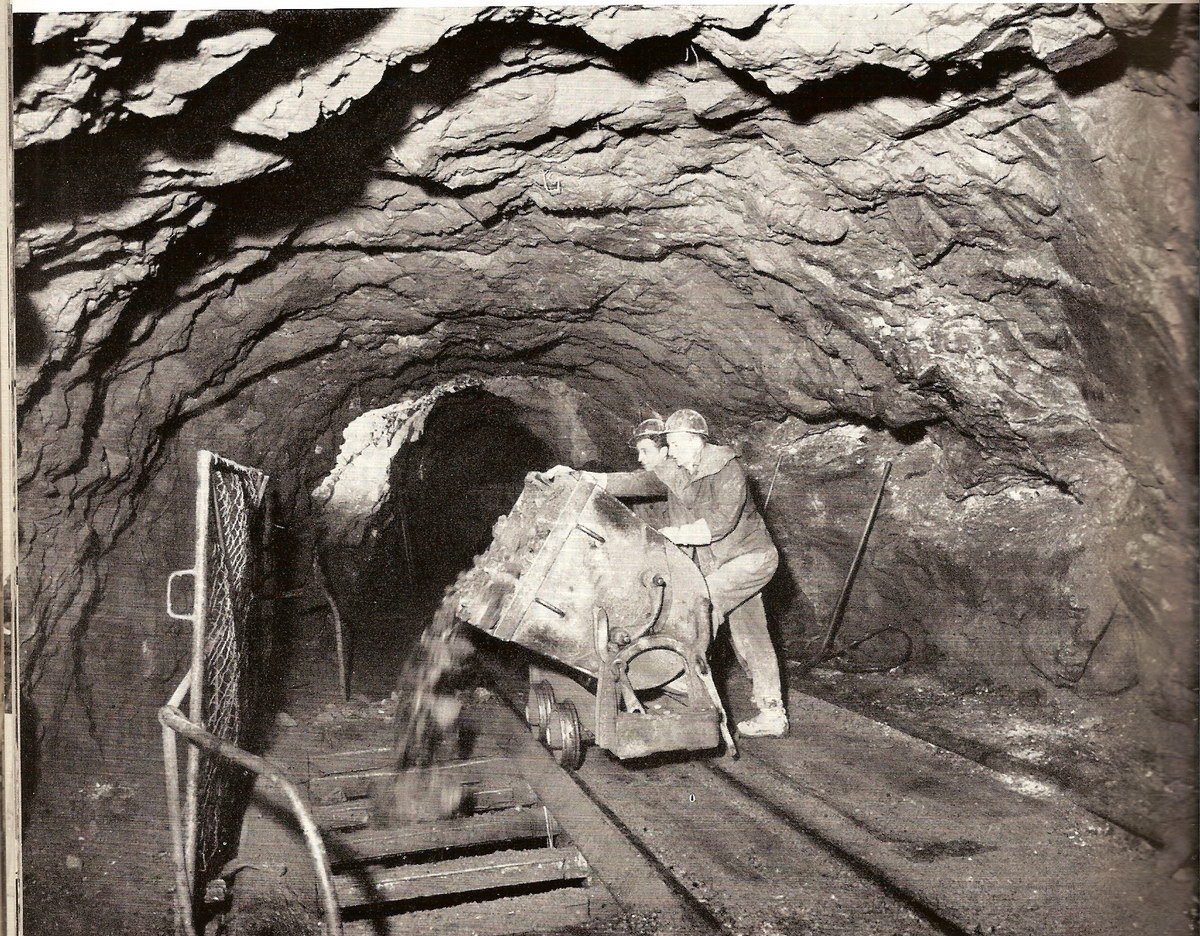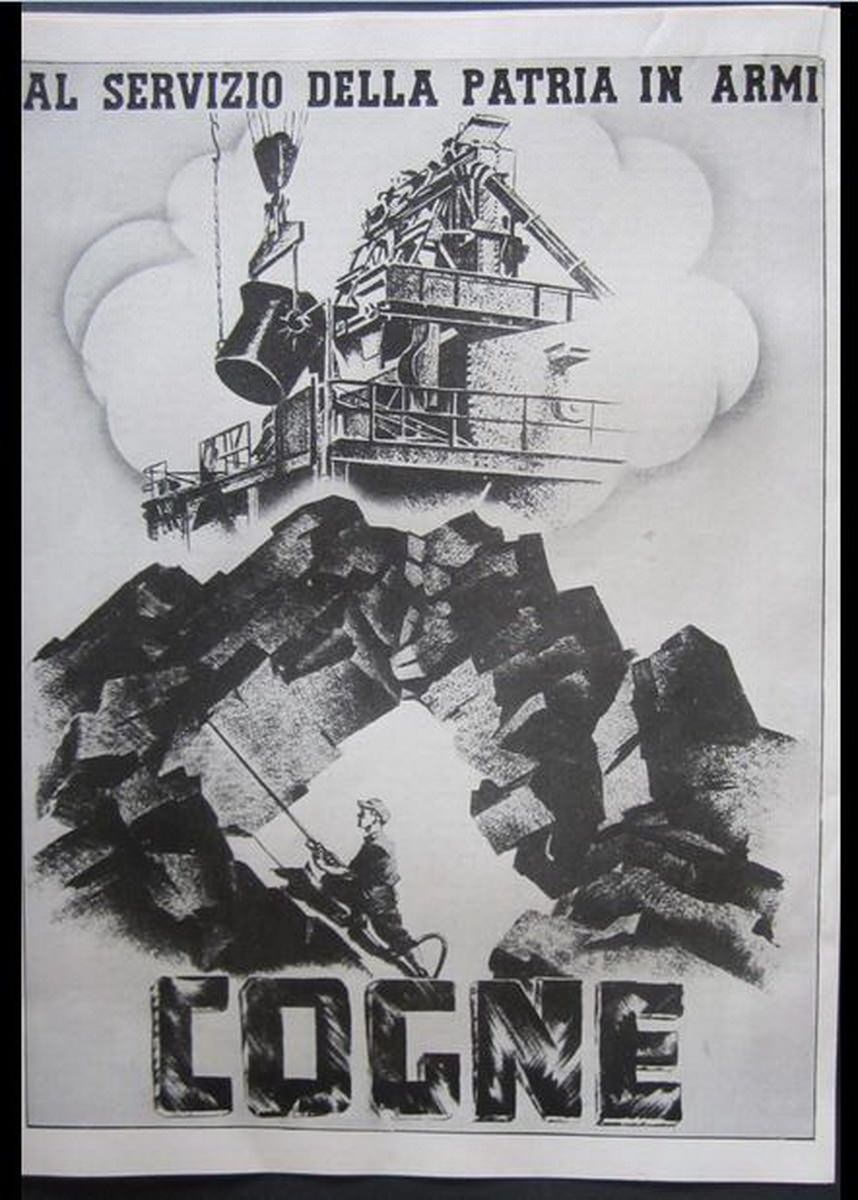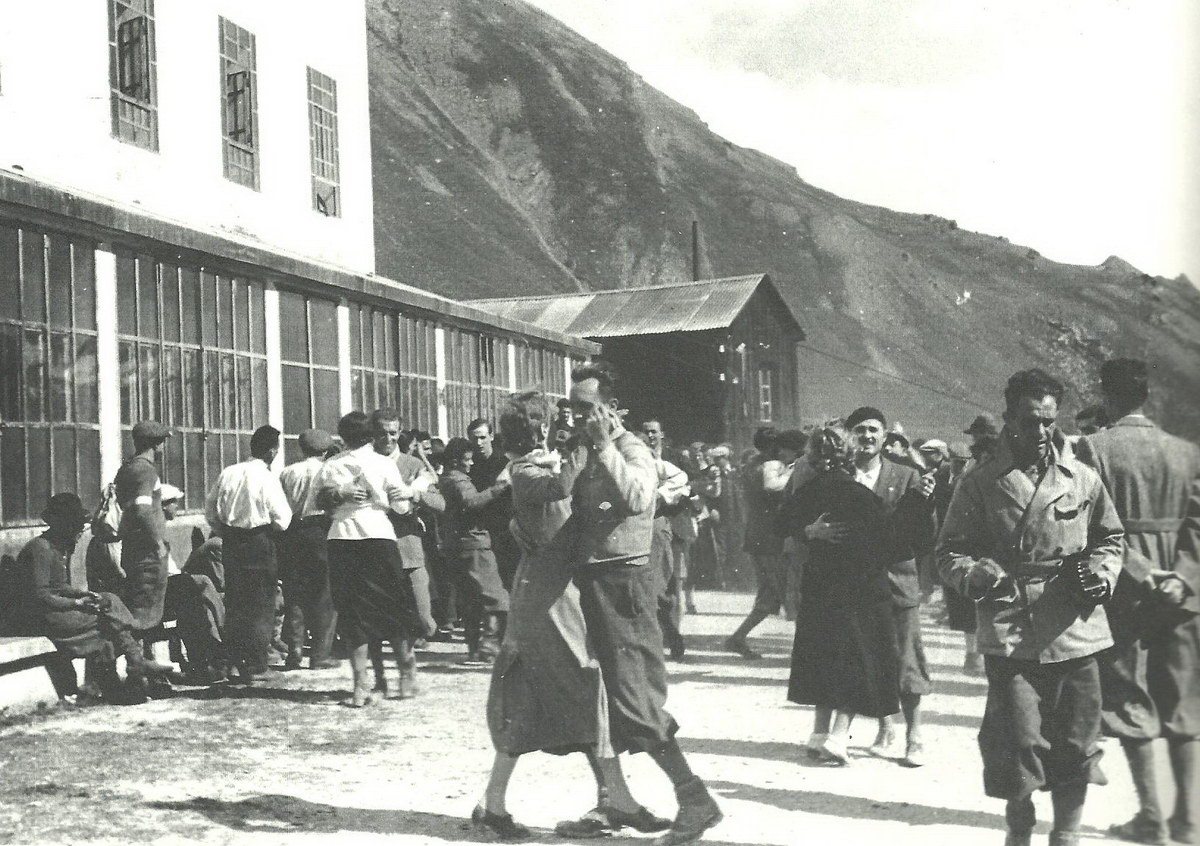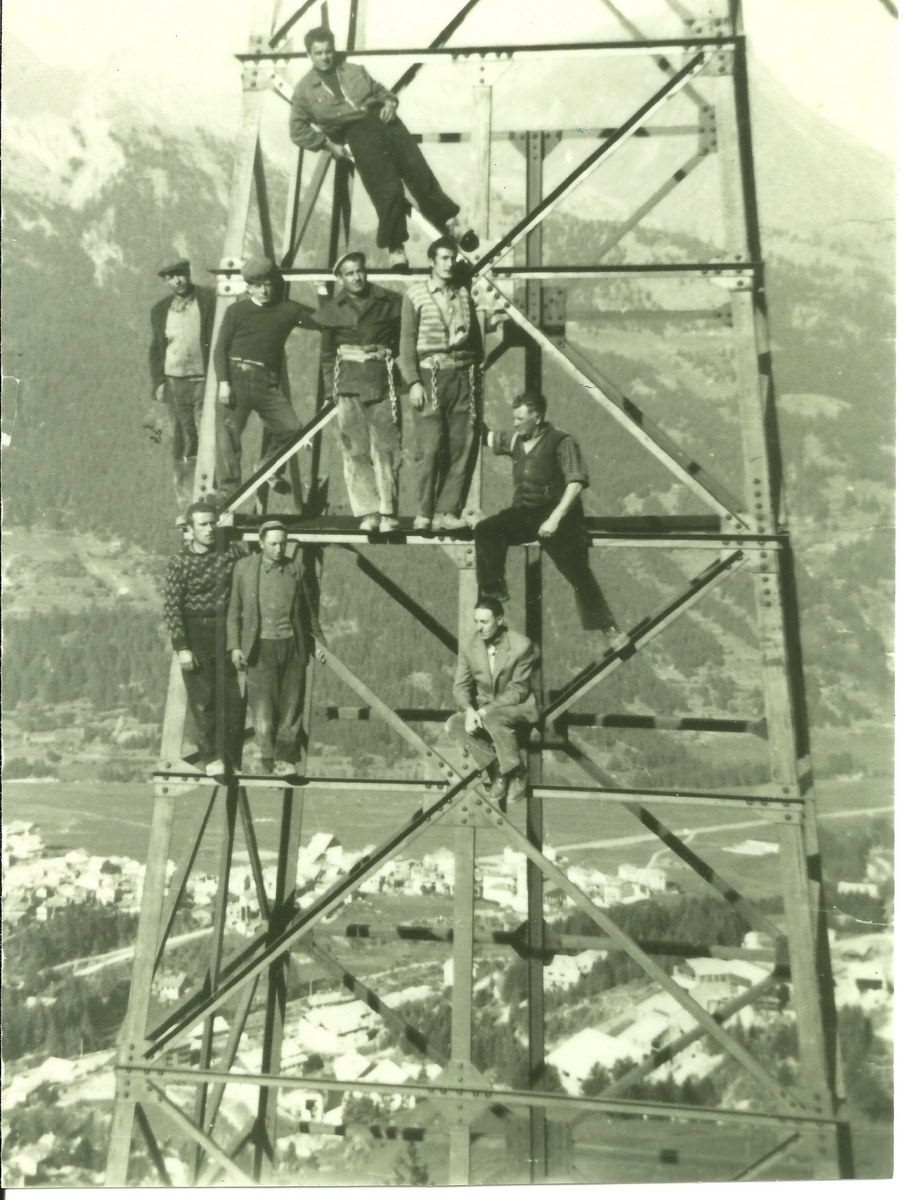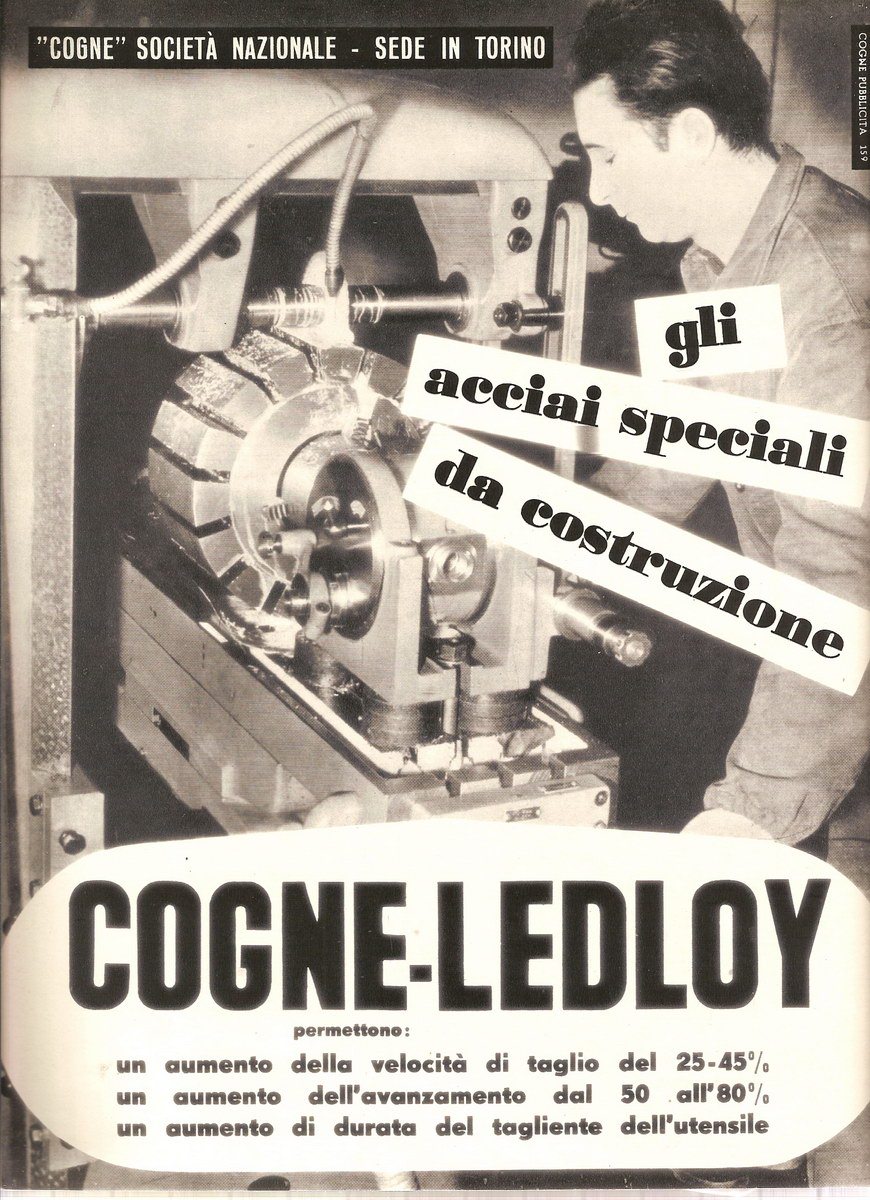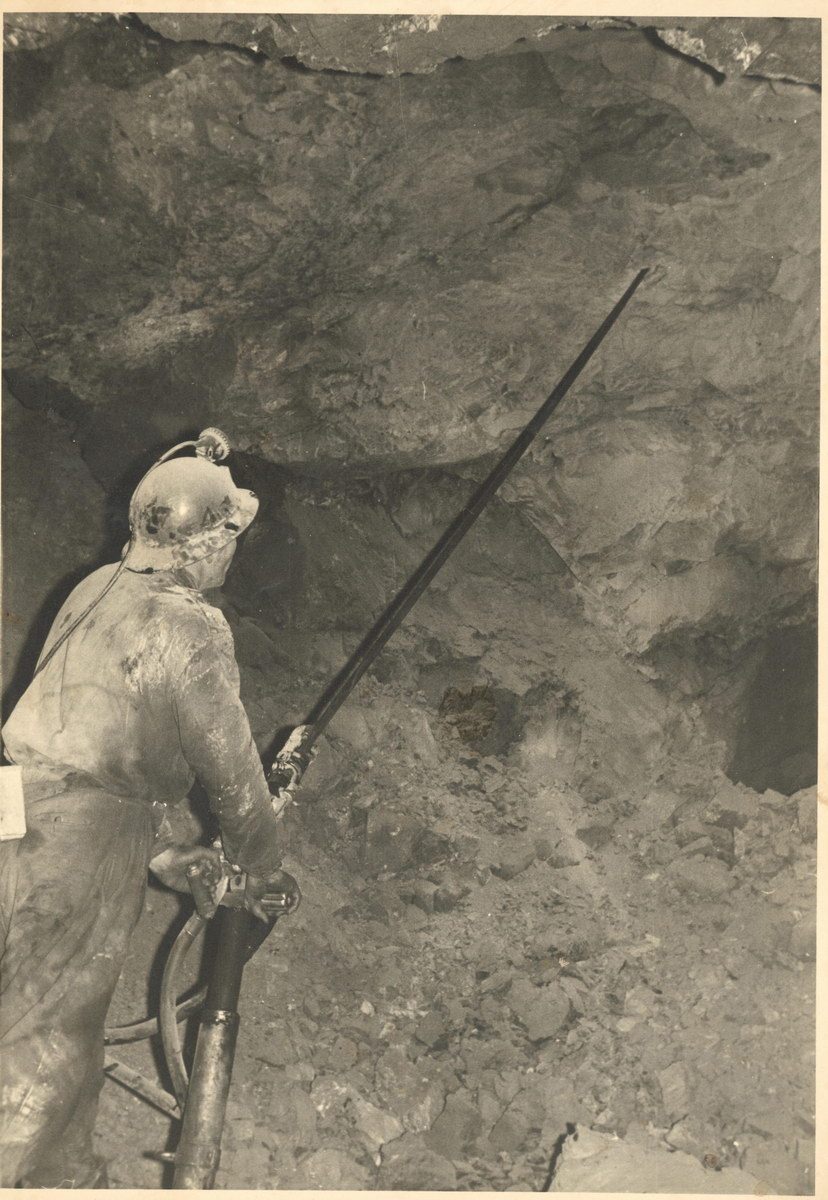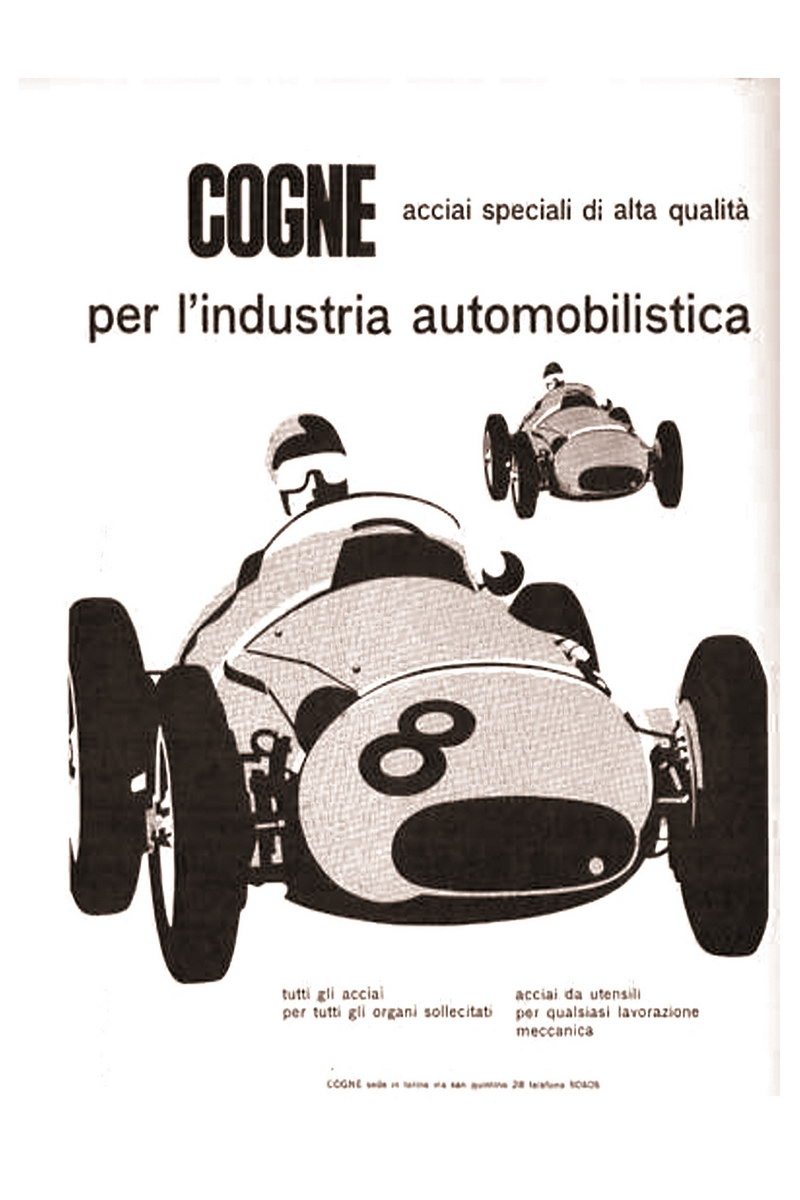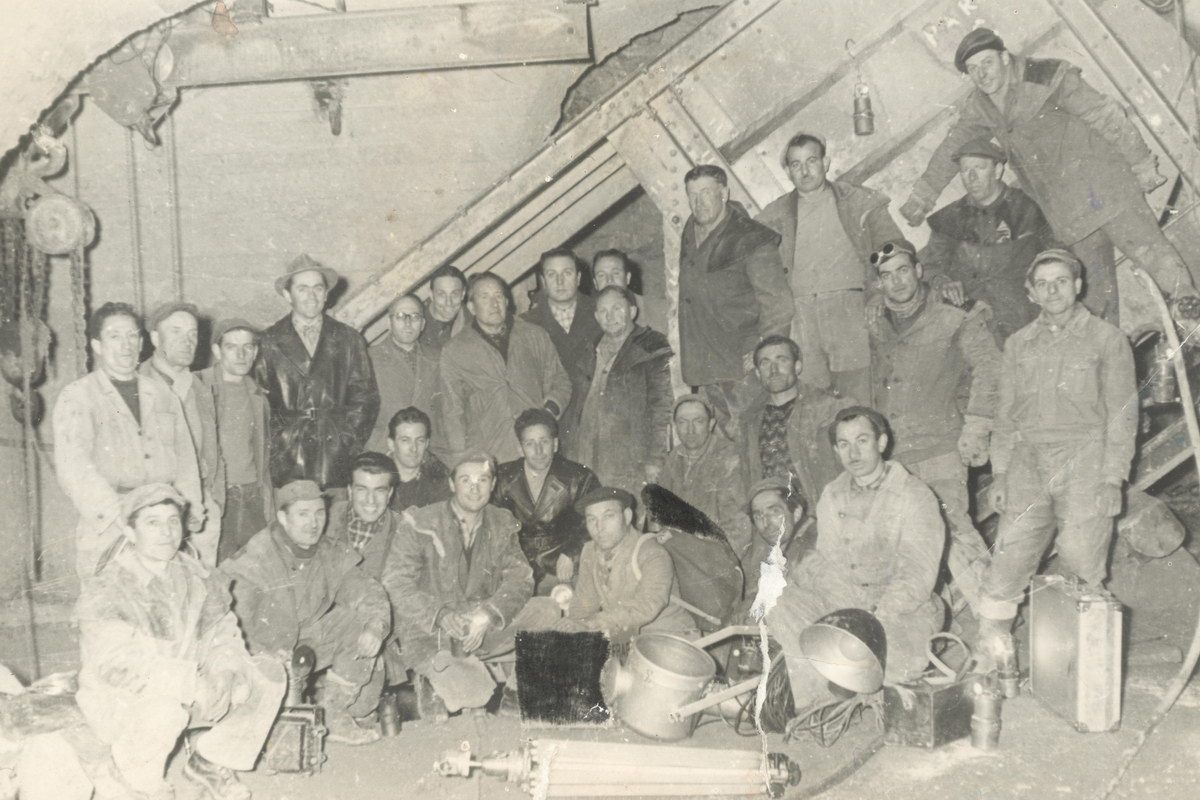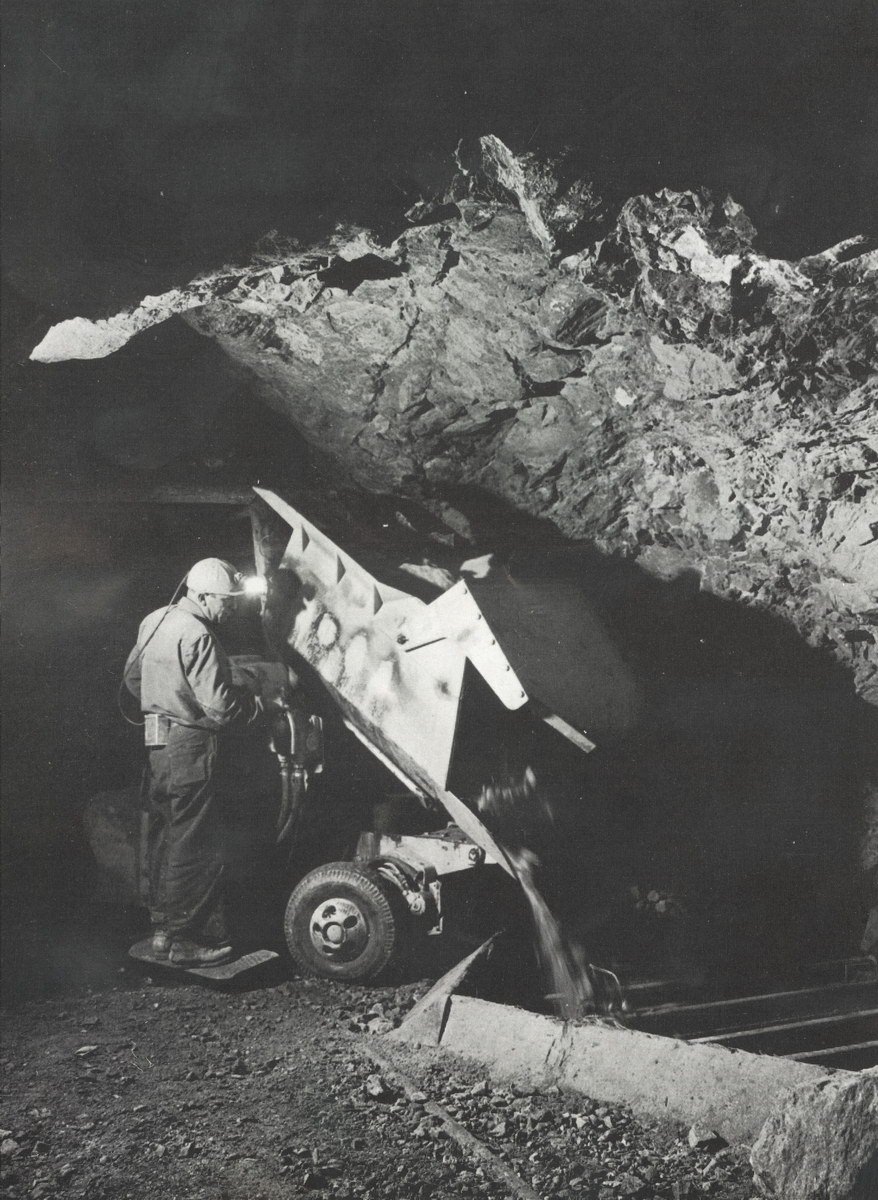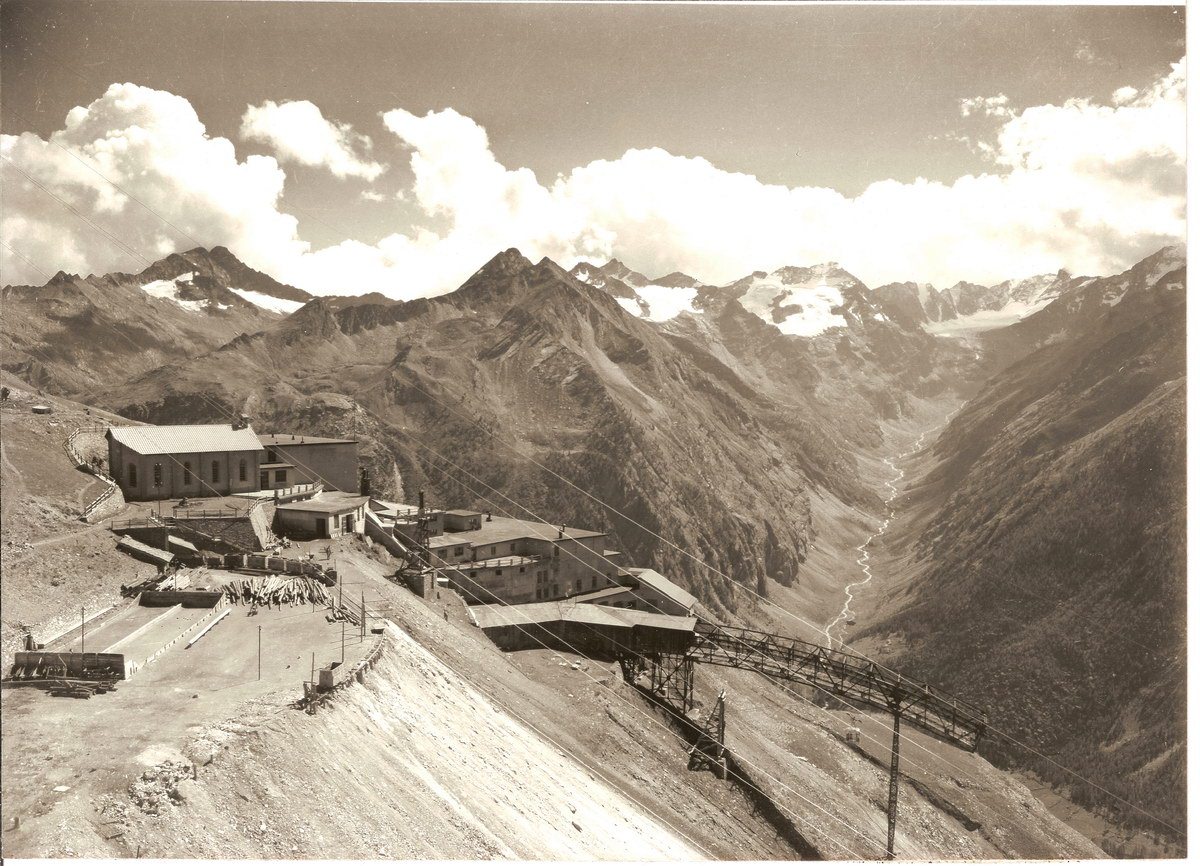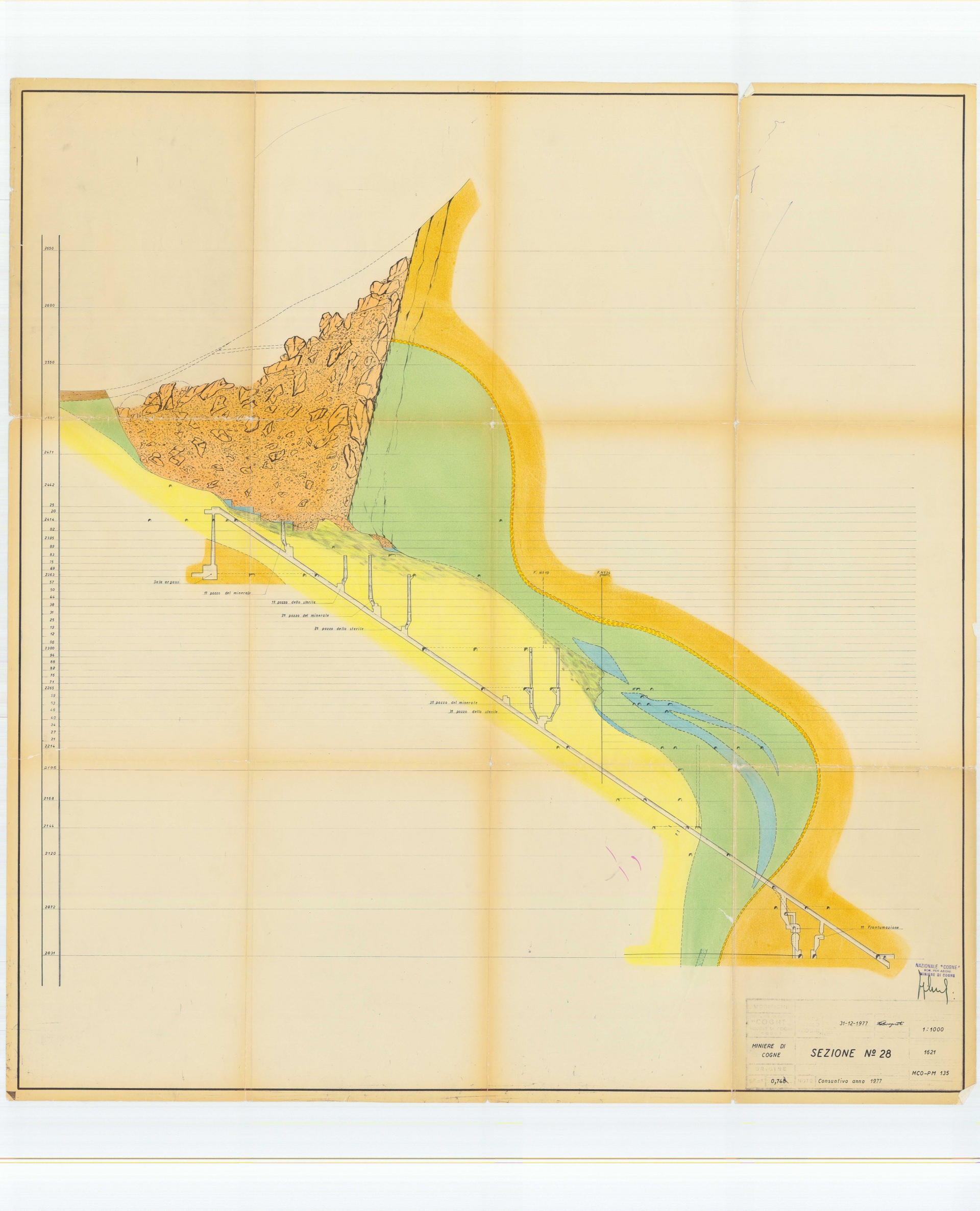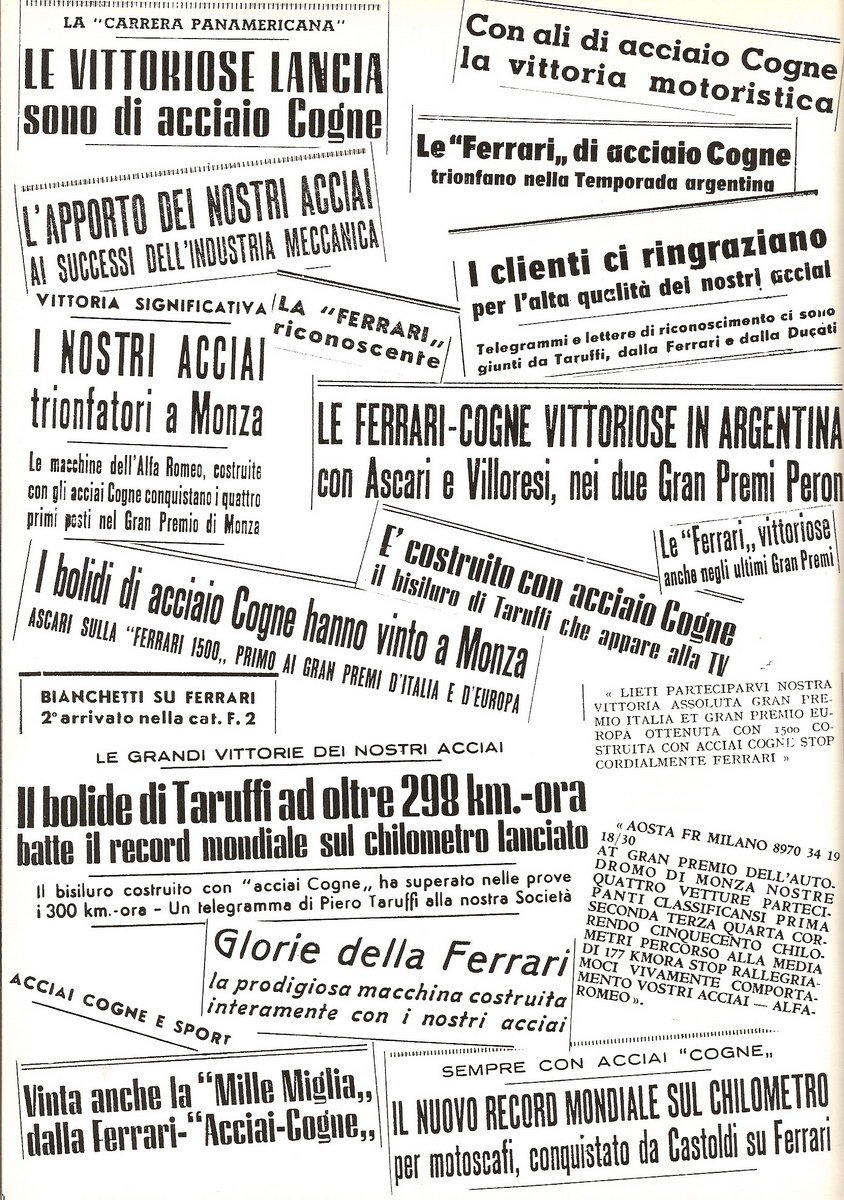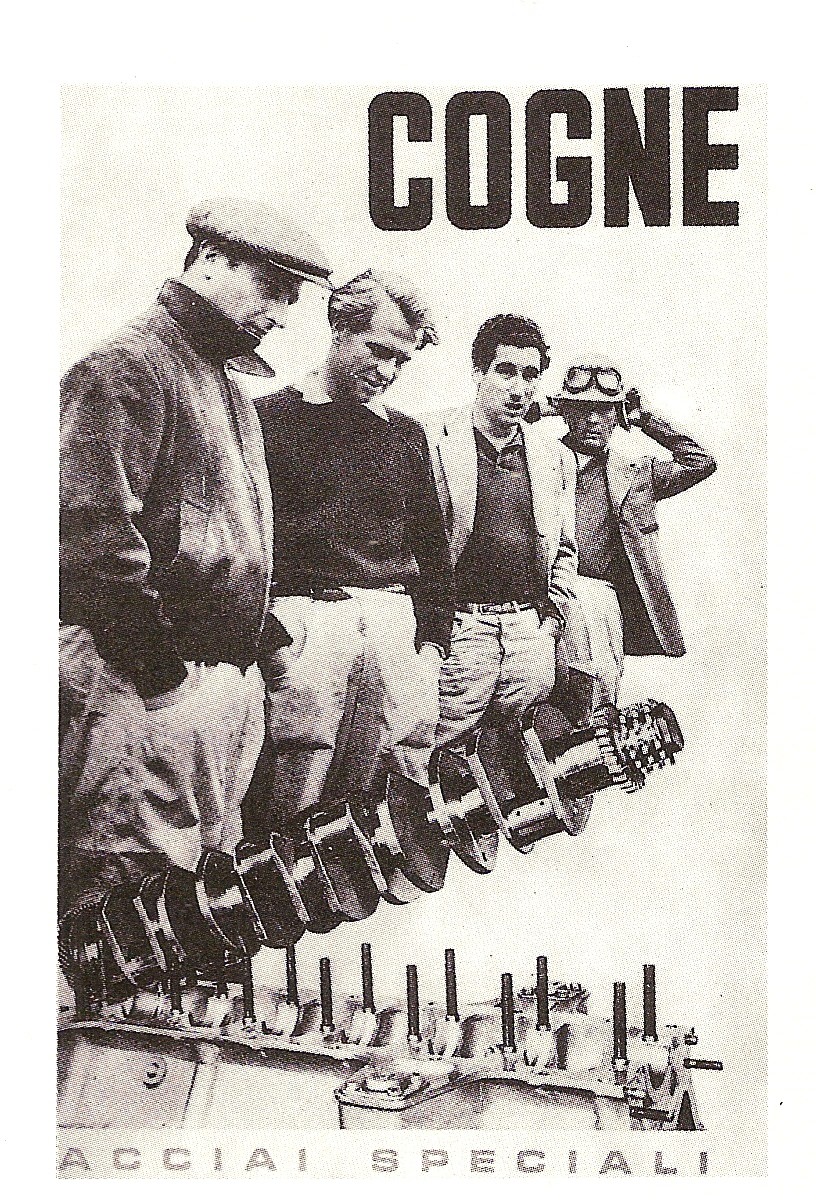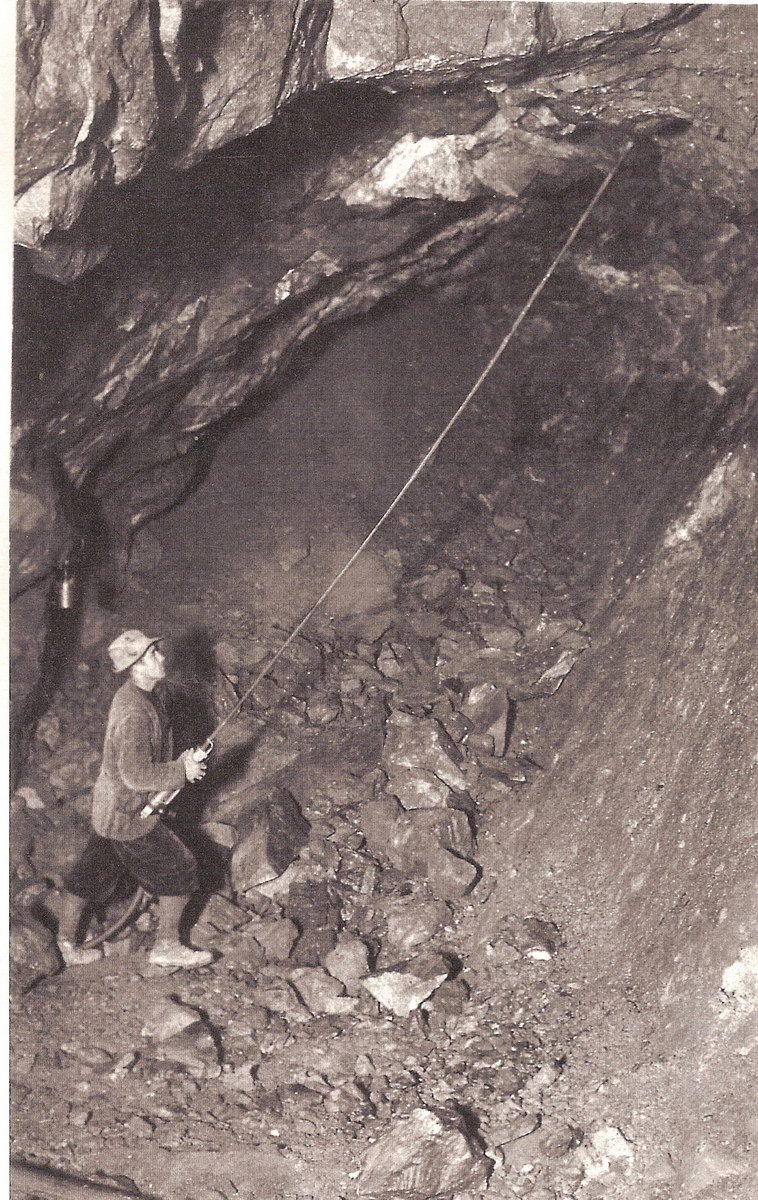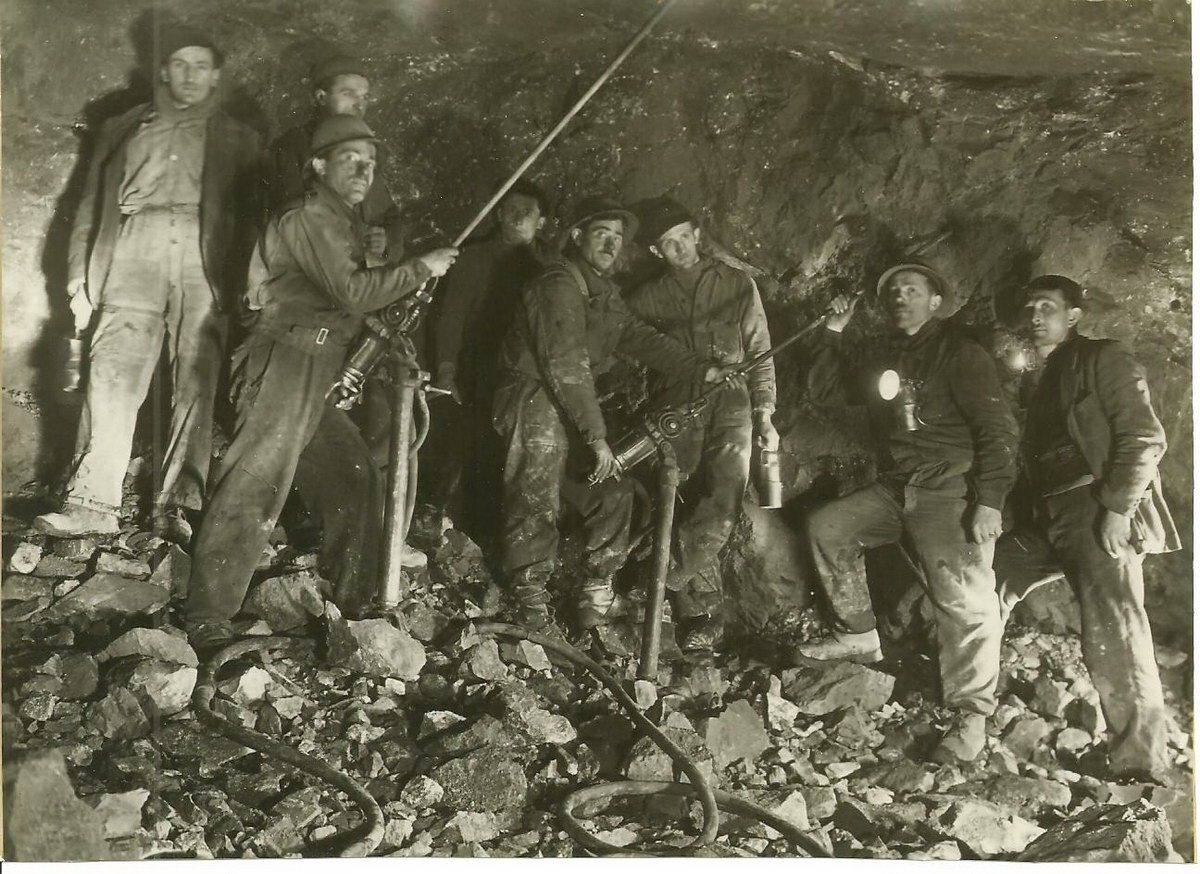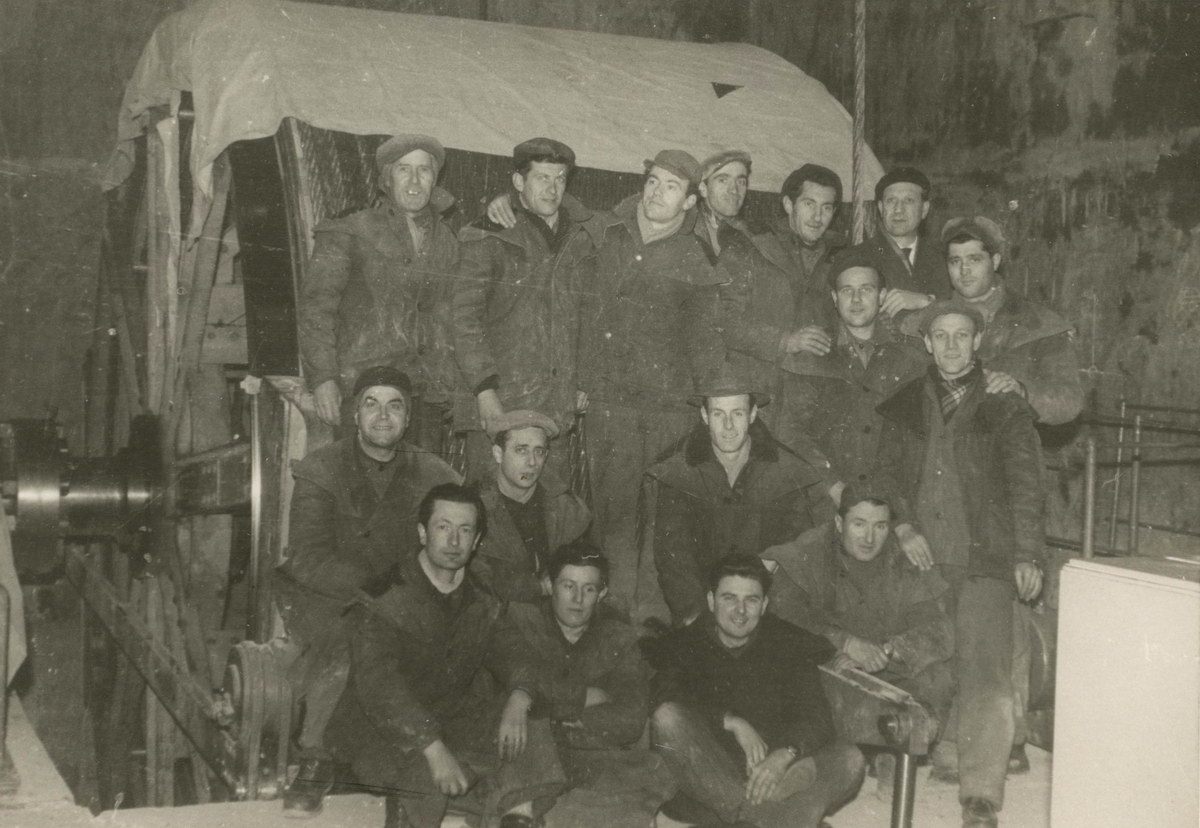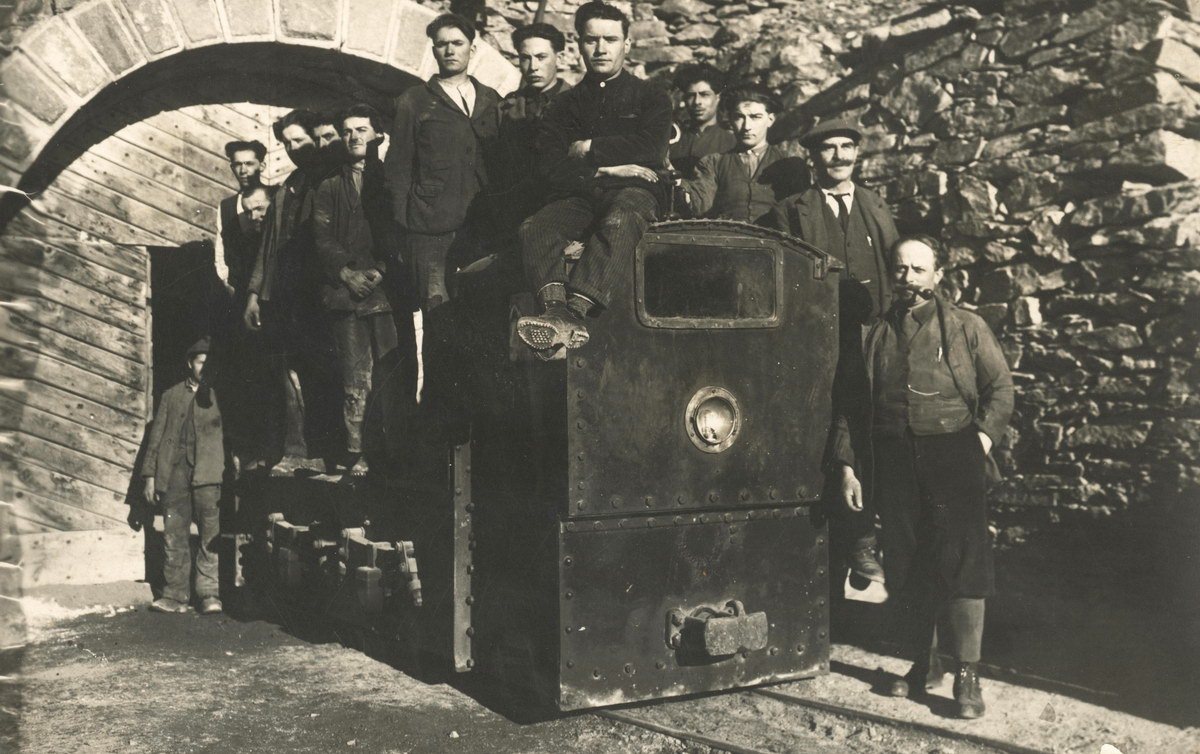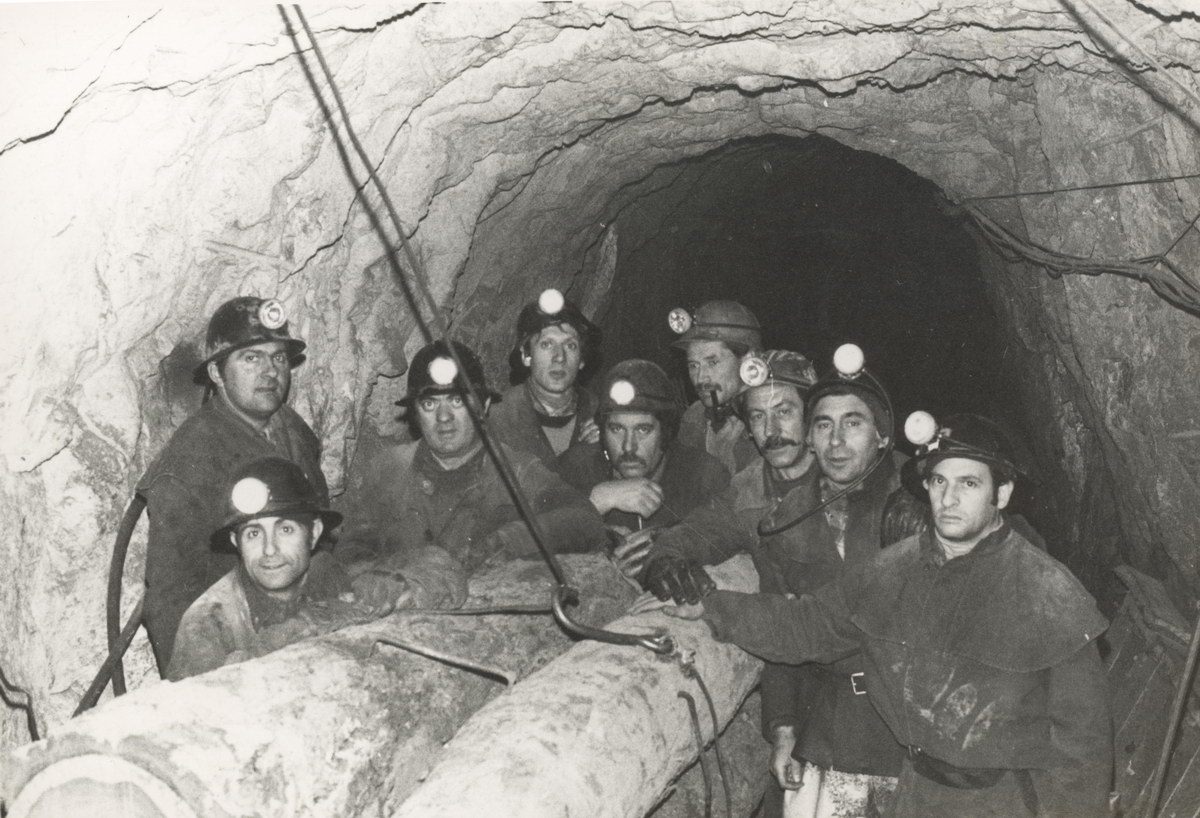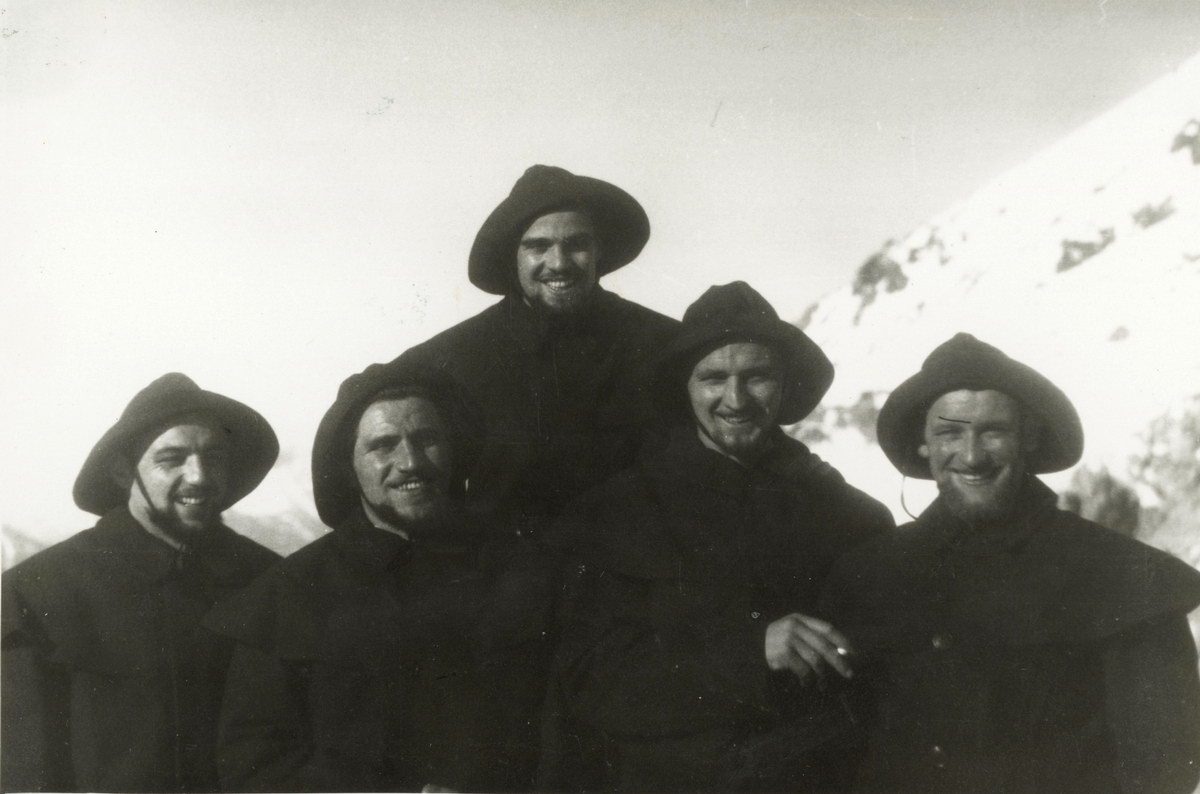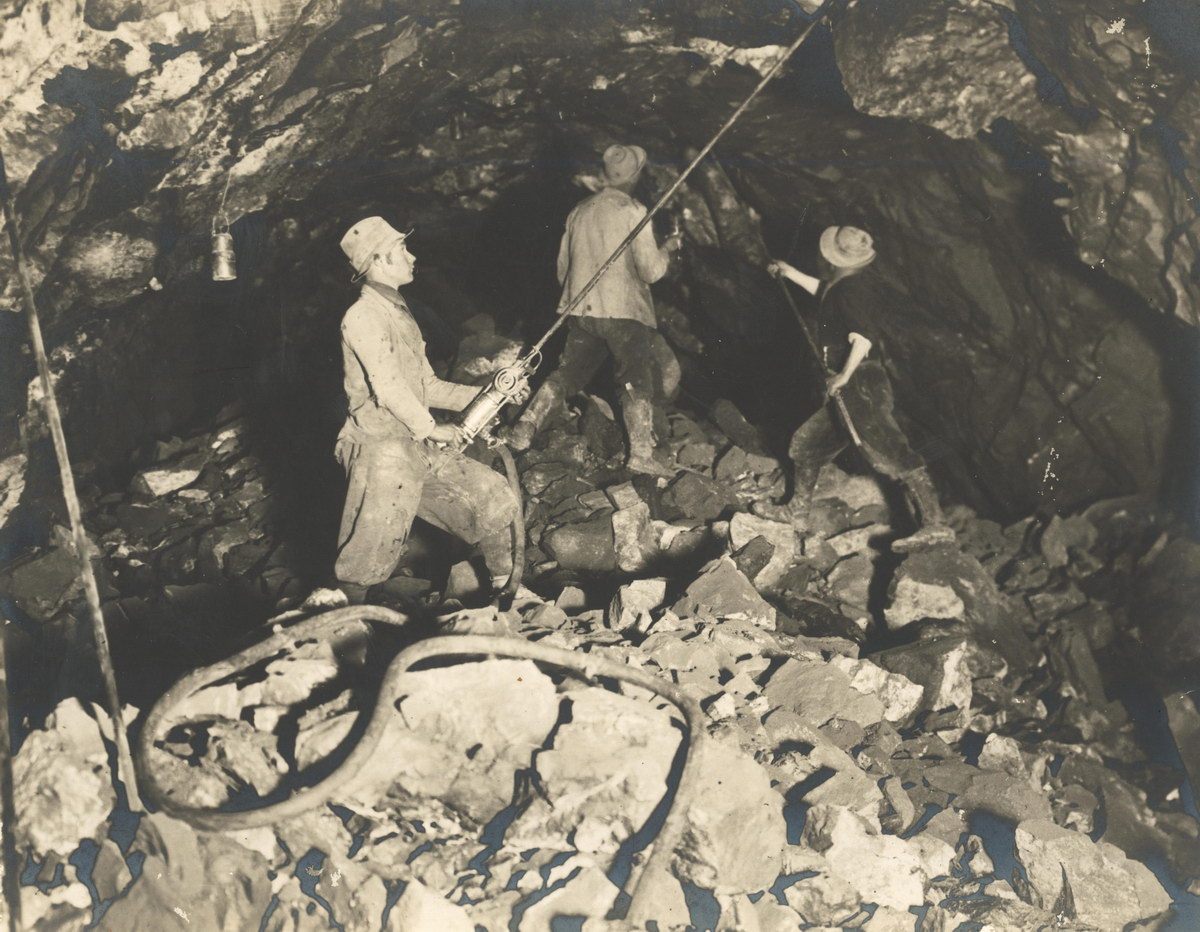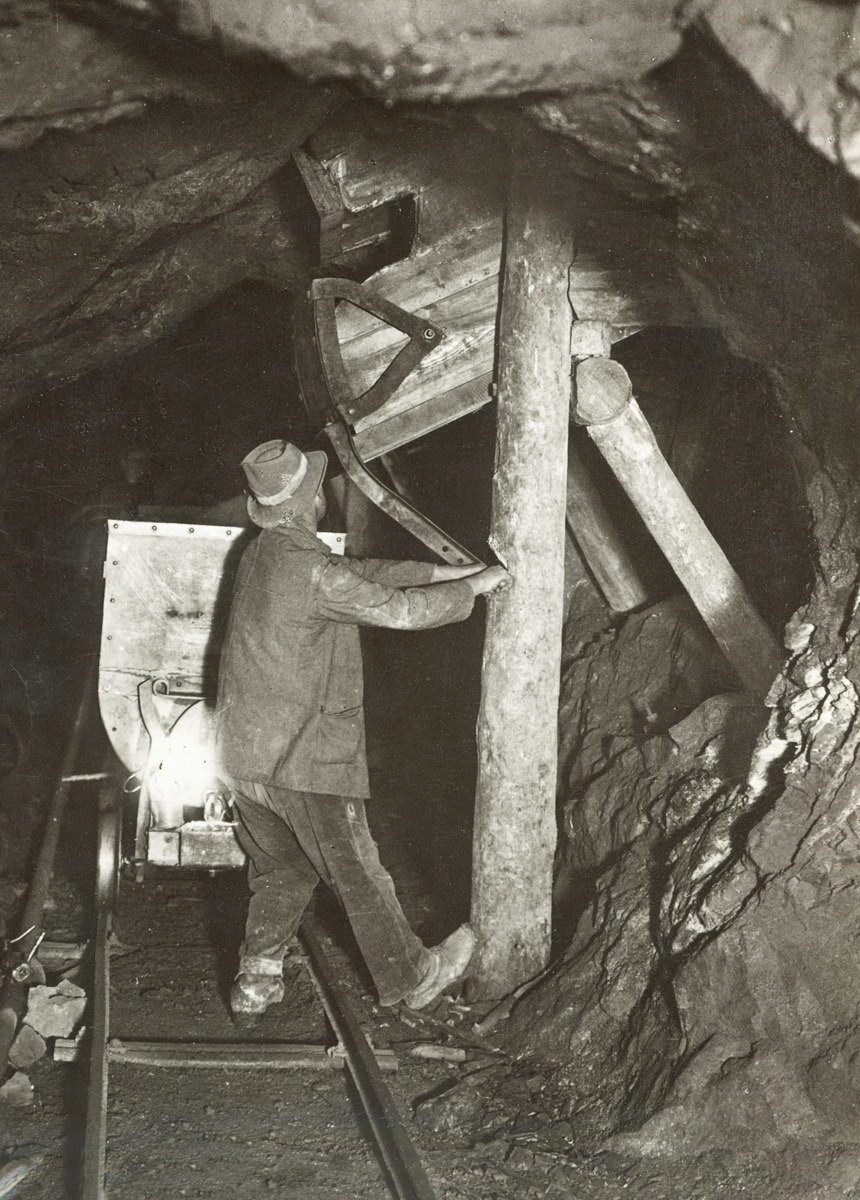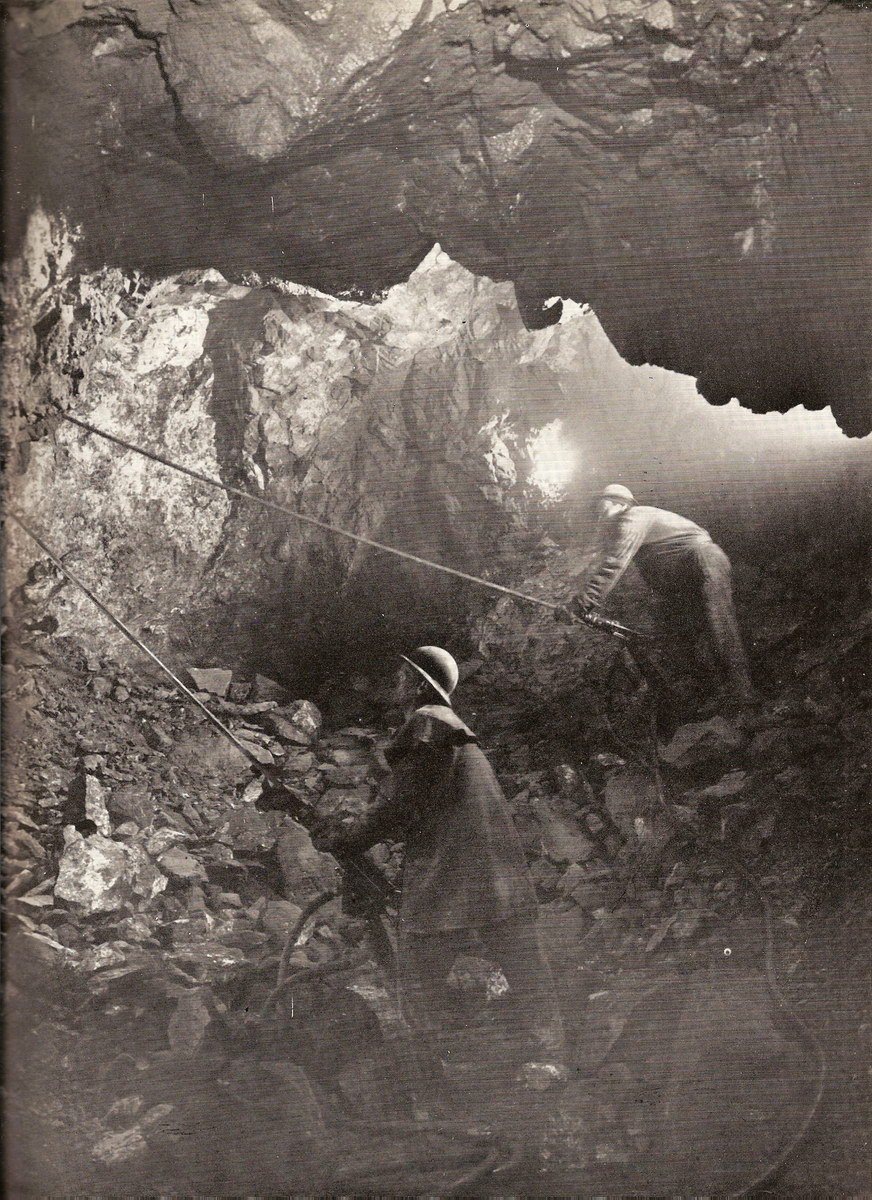History of the Cogne mines
The beginning the magnetite deposits exploitation goes back to the dawn of history. The first historical information on the mining exploitation of the Liconi site dates back to 1432 and relates to an ancient deed of sale in which explicit reference is made to the mineral extracted on the Liconi site and in which the Episcopal ownership of the mines and digging area of Cogne is specified.
The appearance over time of foreign entrepreneurs wanting to lead the exploitation of the mine did not please the population of Cogne who began to claim its rights on the mine. The friction between the ecclesiastic property and the inhabitants, the “Cogneins” ended in 1679, when Bishop Antoine Philibert Bailly, tired of the constant clashes with the local community, sold the mines to the Municipality of Cogne for 300 Spanish gold pistoles.
The following centuries where a swing of flourishing moments and little extraction times. In the early 1800s, Dr. Emmanuel César Grappein obtained the management of the mine and established a "community" type of management, in which the extraction, transport and sale of the mineral were managed by the entire community of Cogne. The Cogneins improvised themselves as miners coping with exhausting working hours and highly dangerous techniques. In 1910, the Belgian management of the mine began the construction of the mining village of Colonna (2,425 m asl, the highest iron mine in Europe) which, once built, housed about 400 workers and was for the time a vanguardist organisation with its church, bowling green, cinema, canteen and even one of the first X-ray equipment, located in the infirmary. In 1927 the fascist government nationalized all the mines and founded the "Società Anonima Nazionale Cogne". Cultivation continued at full capacity, under various companies, until 1968. This was a period of great cultural ferment because the work in the mines attracted young people from all over Italy, many of whom integrated well into the new reality and decided to stay in the valley as well. after the closure of the mine.
How much ore was mined in the Cogne mines? In 1940 1,000 miners extracted 350,000 tons of ore, in 1975 250 men extracted 180,000 tons, in 1979 the Cogne mines closed permanently. In 2017, visitors begin to visit the Costa del Pino galleries and this is how the history of the Cogne mine will not be lost.
